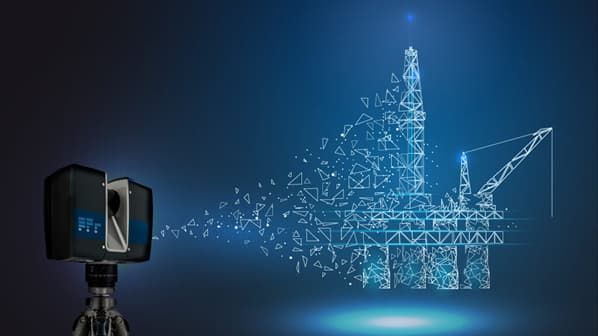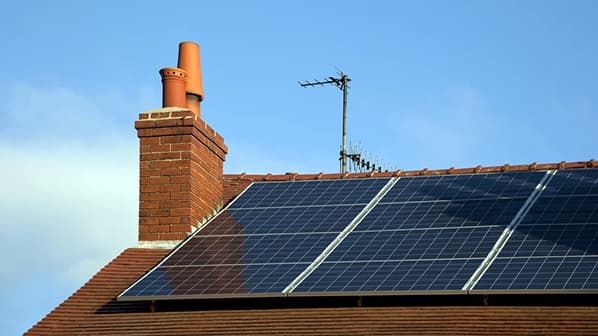3D laser scanning is an advancement in technology that is changing the way businesses capture and process data from the physical world. Through advanced laser-based methods, it makes possible high-precision measurement and creation of intricate 3D models. The article discusses the basics, uses, and advantages of 3D laser scanning and how the technology is changing modern workflows in many different types of industries.
A Brief Guide to Construction Jobs

The Fundamentals of 3D Laser Scanning
3D laser scanning is actually the process of shining laser beams onto a scene or object, which are reflected back to a scanner. The scanner captures the time of flight (or Time-of-Flight) or phase shift of the return and computes precise distances. Taking millions of such measurements from multiple directions, the unit builds a “point cloud,” a computer matrix of XYZ coordinates that precisely outlines the object’s surface in three dimensions. Advanced data processing algorithms in modern scanners convert this point cloud into quality 3D models.
Types and Techniques
There are a number of 3D laser scanning technologies available for specific applications:
1. Handheld Scanners: Most appropriate to scan small, intricate objects because they are handheld and possess proximity accuracy. They are normally used in automotive design and industrial quality control.
2. Terrestrial Scanners: Terrestrial scanners are fixed equipment primarily employed in big projects like construction site surveillance and civil engineering projects.
3. Aerial Scanners: Airborne scanners fit on unmanned aerial vehicles to examine extensive or inaccessible areas including woodland regions therefore benefiting environmental researchers and urban developers.
4. Structured Light Scanners: The analysis technology of structured light scanners works by using patterns of light patterns which excel at reverse engineering tasks and detail scanning operations.
Applications Across Industries
The variety of 3D scanning laser applications is unrivaled, from the building industry, through heritage and medicine, to manufacturing:
1. Construction and Architecture
Building Information Modeling (BIM) integration has revolutionized the field of architecture and engineering. Scanning ensures precise as-built documentation and enables planning for additions or renovation with fewer errors.
2. Conservation of Heritage and Archaeology
Laser scanning can be employed on ancient monuments and monuments of cultural heritage as it is not invasive. Laser scanning enables archaeologists to restore and study monuments virtually without moving fragile structures.
3. Reverse Engineering and Production
From the development of CAD models of current parts to the detection of part defects, 3D laser scanning enhances the productivity and accuracy of production processes. It is especially vital in aerospace and automotive production.
4. Forensics and Healthcare
Medical professionals implement 3D laser scanners in an operation planning workflow to construct detailed anatomical models as well as customize prosthetic devices. This technology enables forensic experts to develop comprehensive crime scene maps which help in building crime reenactments for court presentations.
5. Environmental Monitoring
Airborne 3D laser scanning assists in tracking environmental changes, such as glacier movement and forest cover changes, to facilitate policy-making decisions by governments and organizations.
Advantages of 3D Laser Scanning
A variety of advantages emerges from 3D laser scanning beyond the versatility which it offers:
1. Unsurpassed Accuracy and Precision
3D laser scanning devices produce highly precise solid outputs through their ability to detect millimeter-scale details thereby supporting quality control and engineering requirements.
2. Non-Contact Imaging
This technology guards sensitive or dangerous objects by refraining from physical contact when capturing data, and the objects remain untouched.
3. Speed and Efficiency
The ability to collect huge quantities of data within a few hours increases productivity and shortens project delays, which makes it highly useful in construction and surveying.
4. Integration with Emerging Technologies
3D laser scanning together with Artificial Intelligence (AI) and Augmented Reality (AR) and Digital Twin technology made it possible to expand its operational purposes specifically through predictive analysis and interactive digital modeling.
Challenges
Despite the strengths, there are also limitations to 3D laser scanning. The costliness of scanners and sophisticated software of high capital investment is a financial drawback. The huge quantities of data also require effective processing and handling. Secondly, shiny and transparent surfaces introduce inaccuracy and require special workflow.


Guess you like
-

What RV Passengers Should Never Attempt to Do on the Run
-

Smart and Affordable Elevator Choices for Homeowners
-

Midsize Pickup Trucks That Deliver Real Towing Muscle
-

A Comprehensive Guide to Secure Credential Management using Apple Passwords
-

Why Chatbots Make Things Up Now and Then and What That Portends for Us
-

Strategies and Tools to Ensure Comprehensive Data Security in 2025
Trending
-
 1
1A Smarter Way to Surf the Web with ChatGPT Atlas
-
 2
25 Apps Using Apple Intelligence to Transform Your Daily Life
-
 3
3Five AirPods Features That Make Everyday Listening Smarter and More Seamless
-
 4
4Battlefield 6 Beginner Tips for Winning Fights and Surviving Each Mode
-
 5
5Your Chatbot AIs Could Soon Determine What You View on Facebook and Instagram
-
 6
6How Seam Sealer Quietly Keeps Your Car Alive


